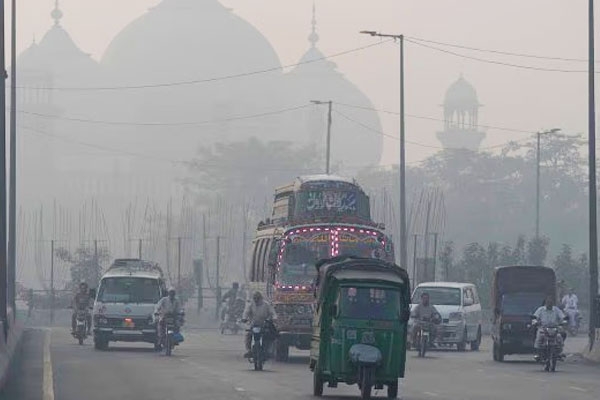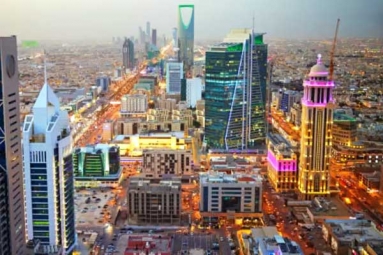
(Image source from: AP)
The air quality index in Pakistan's Lahore hit a record 1,900 on Sunday, prompting the country to write a letter to the Indian government to start a dialogue on the issue. Even though the AQI in the city of 14 million is at least six times the limit set by the World Health Organization, the government imposed emergency measures such as closing schools and requiring people to work from home. Levels of the deadly pollutant PM2.5 - the particulate matter in the air that causes the most health damage - peaked at 610, more than 40 times the 15-hour 24-hour limit. Punjab Chief Minister Maryam Aurangzeb said people had been asked to stay at home, close doors and windows and avoid non-essential travel, but hospitals had installed fog machines. The government also banned three-wheeled vehicles called rickshaws and halted construction in certain areas to reduce pollution. Pakistan said the situation was caused by winds bringing pollution from neighboring India. “We need climate diplomacy as a regional and global issue,” Environment and Climate Change Minister Raja Jahangir Anwar told CNN.
“We are somehow suffering in Lahore from the easterly wind corridor coming from India. We don't blame anyone. It’s a natural phenomenon,” he said. As in northern India, air pollution in Pakistan also increases in winter, causing complications such as difficulty breathing, coughing and burning eyes for residents. Smog is particularly noticeable in winter, when cold, dense air traps emissions from low-quality fuels used to power city cars and above-ground factories. Meanwhile, the AQI in Delhi stood at 276 on Monday afternoon. An AQI above 151 to 200 is considered unhealthy, but an AQI value of 201 to 300 is more harmful and an AQI above 300 is extremely dangerous. According to the Energy Policy Institute at the University of Chicago, pollution above levels deemed safe by the World Health Organization shortens the life expectancy of Lahore residents by an average of 7.5 years. According to UNICEF, nearly 600 million children in South Asia are exposed to high levels of air pollution, and half of childhood pneumonia deaths are due to air pollution.












